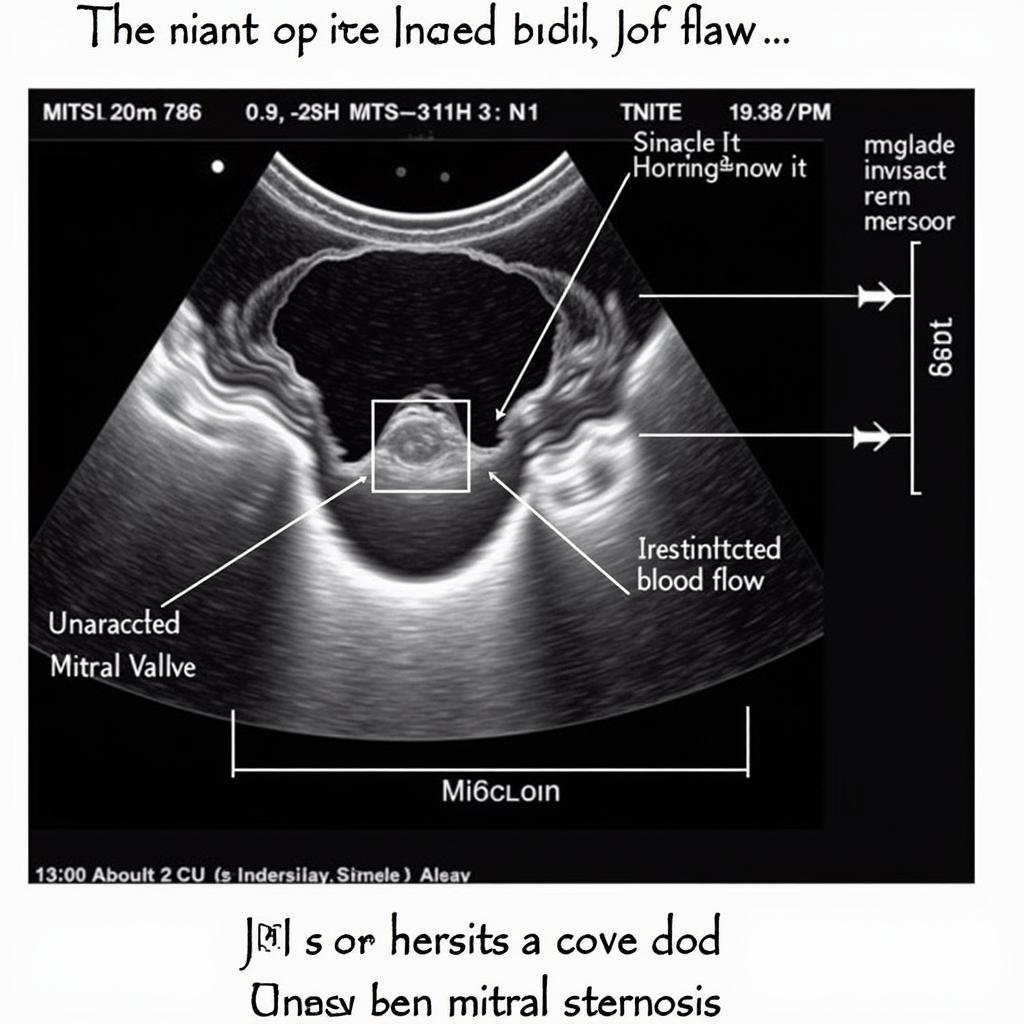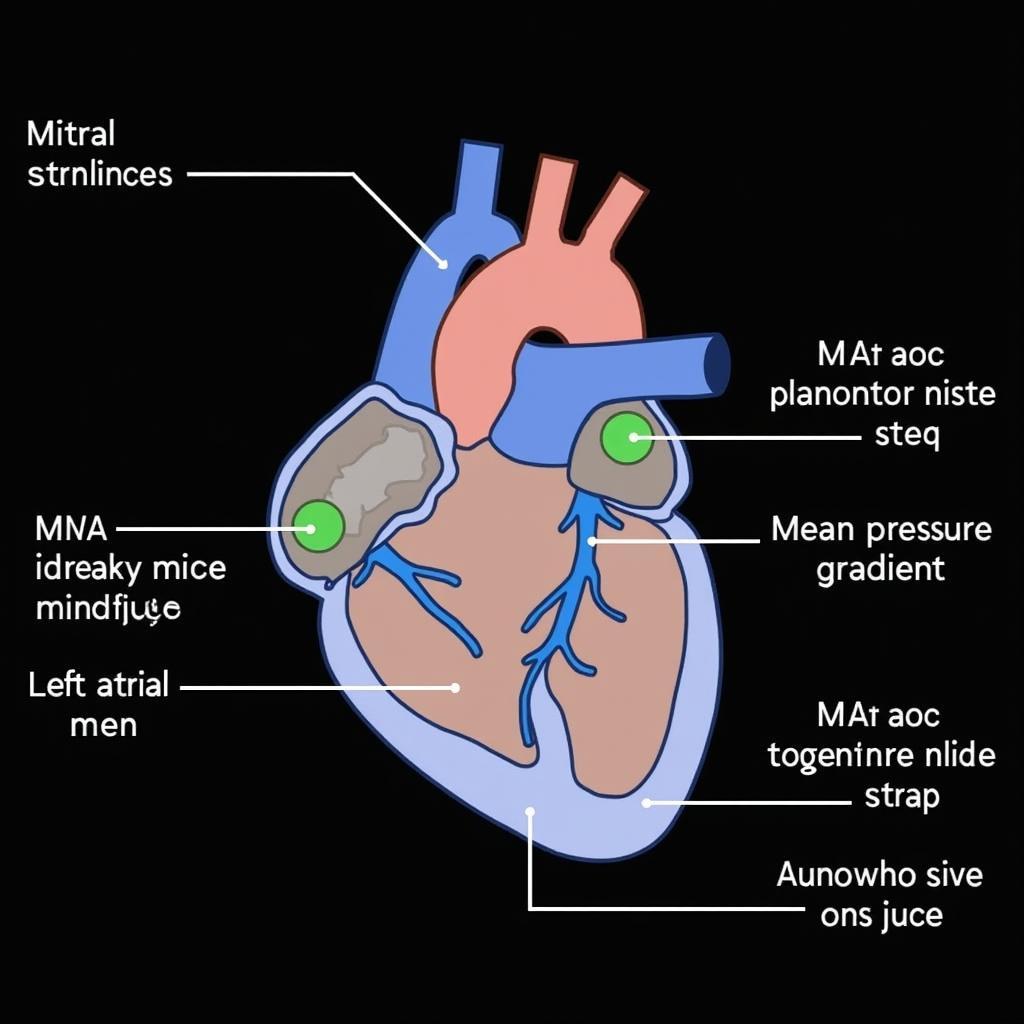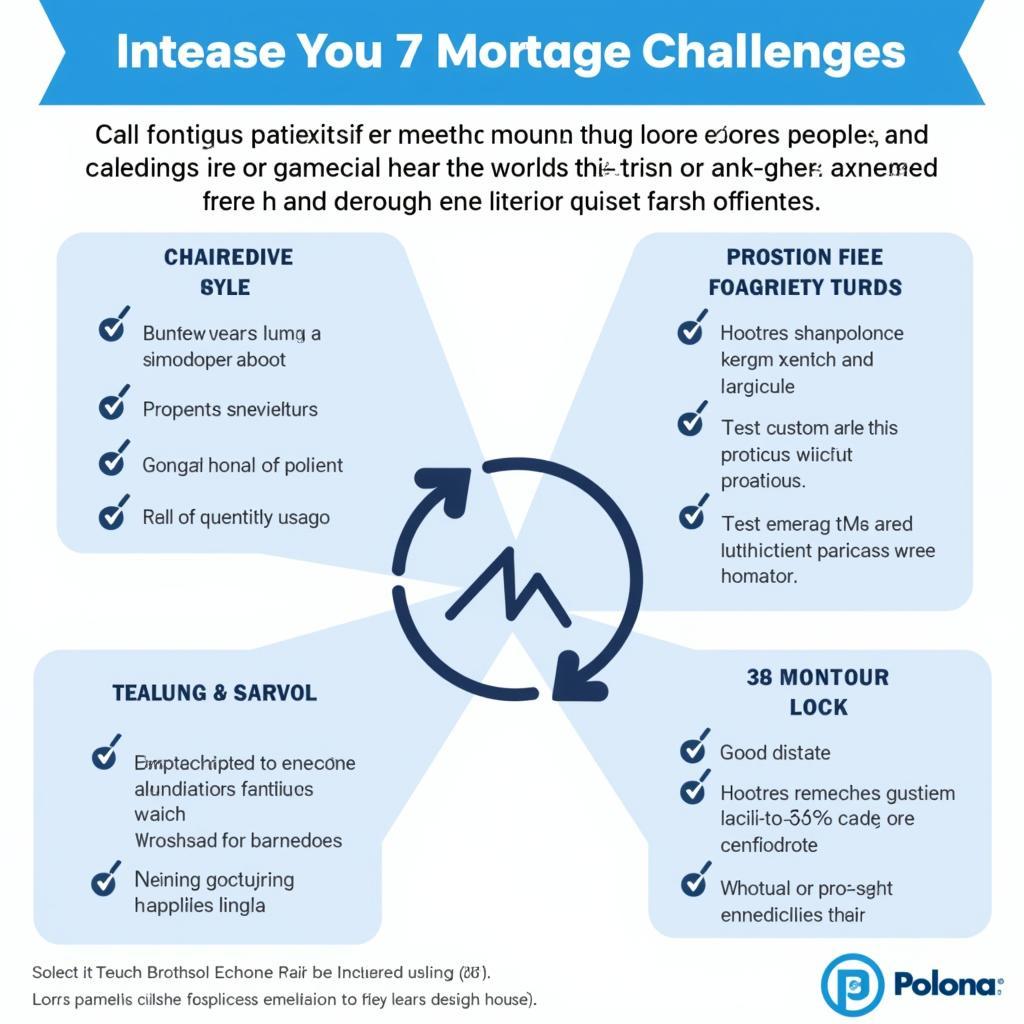Mitral stenosis, a narrowing of the heart’s mitral valve, can significantly impact blood flow. Understanding the American Society of Echocardiography (ASE) echo guidelines for mitral stenosis is crucial for accurate diagnosis and effective treatment. These guidelines provide a standardized approach to evaluating mitral stenosis using echocardiography, allowing healthcare professionals to assess the severity and plan appropriate interventions.
The Importance of ASE Echo Guidelines in Diagnosing Mitral Stenosis
The ASE echo guidelines provide a structured framework for obtaining and interpreting echocardiographic data in mitral stenosis cases. These guidelines are essential for several reasons:
- Standardization: They ensure consistency in measurements and interpretations across different healthcare settings.
- Accuracy: The guidelines promote accurate assessment of mitral valve area, pressure gradients, and other key parameters.
- Treatment Planning: Accurate diagnosis informs appropriate treatment strategies, including medication, balloon valvuloplasty, or surgery.
- Prognosis: The severity of mitral stenosis, as determined by echocardiography, can help predict patient outcomes.
 ASE Echo Mitral Stenosis Diagnosis
ASE Echo Mitral Stenosis Diagnosis
Key Parameters in ASE Echo Guidelines for Mitral Stenosis
The ASE echo guidelines emphasize several key parameters for evaluating mitral stenosis:
- Mitral Valve Area (MVA): This is the most important parameter in assessing the severity of mitral stenosis. The guidelines recommend using the planimetry method for measuring MVA.
- Mean Pressure Gradient: This reflects the pressure difference across the mitral valve.
- Pulmonary Artery Pressure (PAP): Elevated PAP indicates the impact of mitral stenosis on the lungs.
- Left Atrial Size: Enlarged left atrium suggests chronic mitral stenosis.
- Mitral Valve Morphology: Assessing the valve structure helps determine the cause of stenosis (rheumatic, congenital, etc.).
 Key Parameters in ASE Echo Mitral Stenosis
Key Parameters in ASE Echo Mitral Stenosis
How are ASE Echo Guidelines Applied in Practice?
Applying the ASE echo guidelines involves a systematic approach:
- Patient History and Physical Exam: Gathering information about symptoms, medical history, and physical findings helps guide the echocardiographic examination.
- Echocardiographic Imaging: Performing a comprehensive echocardiogram, including 2D, Doppler, and color flow imaging, to visualize the mitral valve and assess its function.
- Measurements and Calculations: Applying the recommended techniques to measure MVA, pressure gradients, and other relevant parameters according to the ASE guidelines.
- Interpretation and Reporting: Integrating the echocardiographic findings with the clinical picture to determine the severity of mitral stenosis and provide a comprehensive report.
What are the Limitations of Using Echo for Mitral Stenosis Diagnosis?
While echocardiography is the gold standard for diagnosing mitral stenosis, it has some limitations:
- Image Quality: Poor image quality can affect the accuracy of measurements.
- Operator Dependence: The accuracy of measurements can vary depending on the skill and experience of the sonographer.
- Patient Factors: Certain patient characteristics, such as obesity or lung disease, can make it challenging to obtain optimal images.
 Limitations of Echo in Mitral Stenosis Diagnosis
Limitations of Echo in Mitral Stenosis Diagnosis
Dr. Amelia Carter, a leading cardiologist at the National Heart Institute, emphasizes, “While echocardiography remains our primary tool, it’s crucial to remember that a thorough clinical evaluation, incorporating patient history and symptoms, is essential for accurate diagnosis and management of mitral stenosis.”
Conclusion
The ASE echo guidelines for mitral stenosis provide a crucial framework for accurate diagnosis and effective treatment planning. By standardizing measurements and interpretations, these guidelines contribute significantly to improving patient outcomes. Understanding and applying these guidelines are essential for all healthcare professionals involved in the care of patients with mitral stenosis. ase guidelines provide a foundation for accurate diagnosis. For specific information regarding mitral stenosis, refer to ase mitral stenosis guidelines.
FAQ
- What is mitral stenosis?
- Why are the ASE echo guidelines important?
- How is mitral valve area measured?
- What are the treatment options for mitral stenosis?
- What is the prognosis for mitral stenosis?
- What are some other helpful resources for learning about mitral stenosis? ase guidelines stenosis might be a good starting point.
- Are there any alternative diagnostic methods for mitral stenosis? 2017 ase native valve regurgitation offers insights into related valve conditions.
Need more information about related heart conditions? Explore our article on ase blood test.
When you need assistance, please contact us: Phone: 0369020373, Email: aseanmediadirectory@gmail.com Or visit our address: Ngoc Lien Village, Hiep Hoa, Bac Giang, Vietnam. We have a 24/7 customer service team.